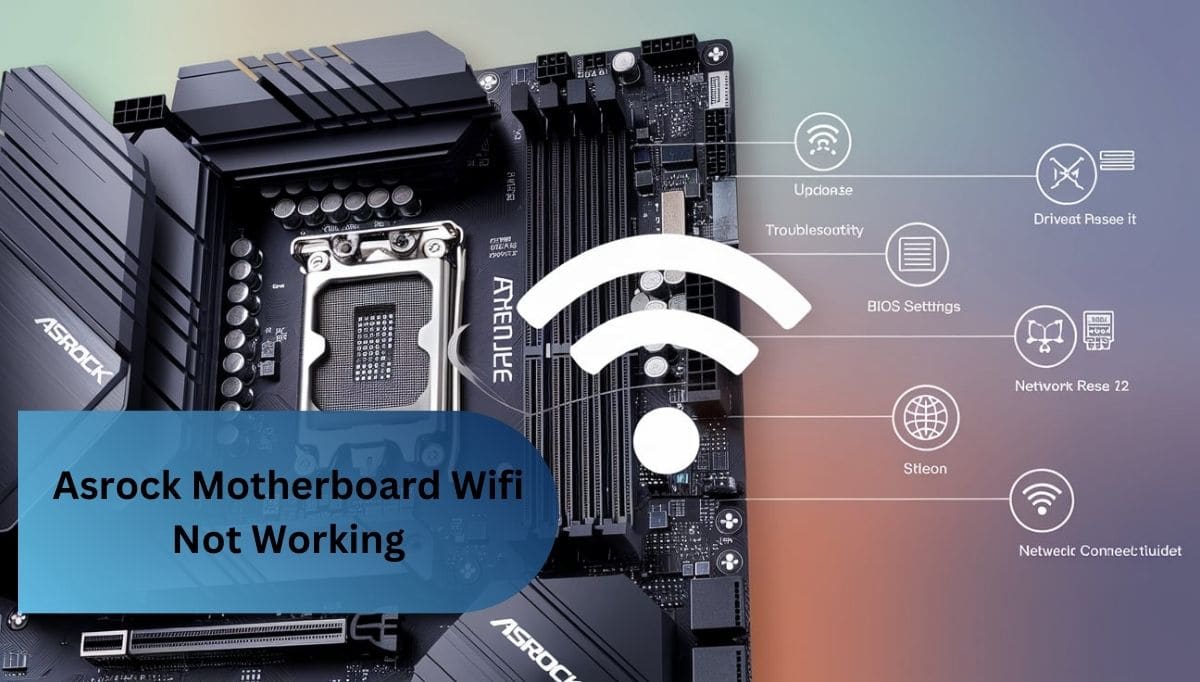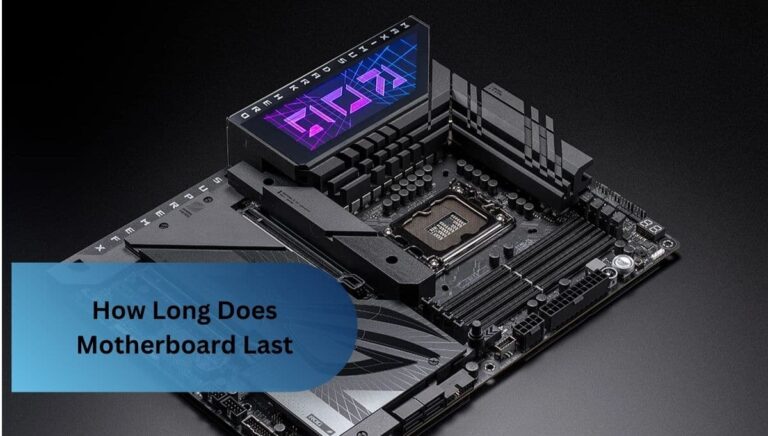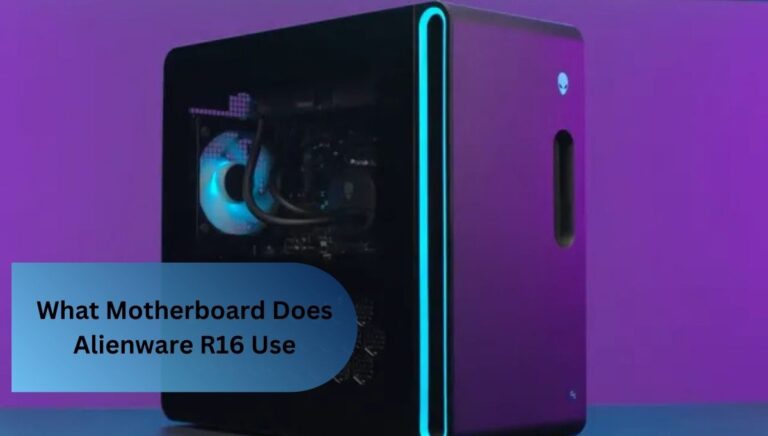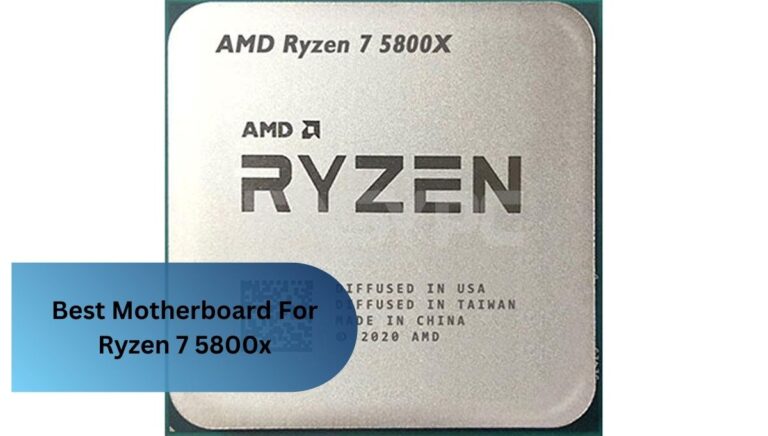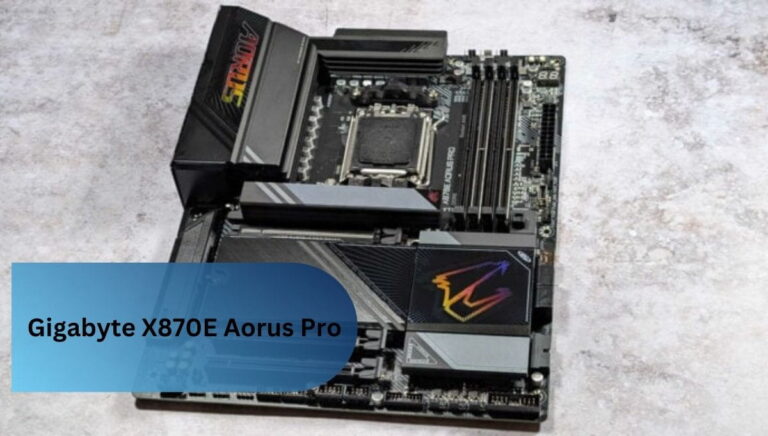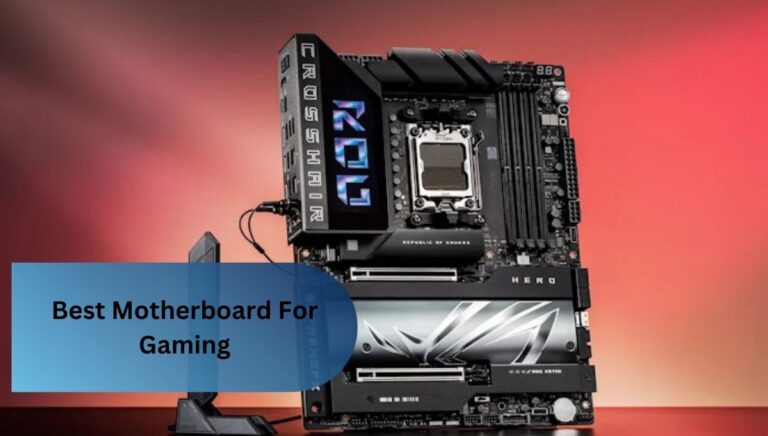Asrock Motherboard Wifi Not Working – The Ultimate Guide!
I had an issue with the WiFi on my ASRock motherboard, and after hours of troubleshooting, it turned out a simple driver update fixed everything. It was frustrating but satisfying to solve without needing extra parts.
The WiFi on my ASRock motherboard stopped working unexpectedly. After troubleshooting, I realized that a simple adjustment in the BIOS settings fixed the issue. Sometimes, even a minor change can make a big impact on performance!
In this article, we discussed troubleshooting tips and solutions for resolving WiFi issues on ASRock motherboards.
Introduction to ASRock Motherboards
ASRock motherboards are known for their performance and versatility, but users occasionally face issues like Asrock Motherboard Wifi Not Working . These motherboards often come with built-in WiFi adapters that require configuration for optimal performance, but sometimes glitches occur.
When Asrock Motherboard Wifi Not Working , it can often be resolved by updating drivers or adjusting BIOS settings. For users, troubleshooting ASRock motherboard WiFi not working is essential to enjoy a seamless experience.
Why Is My ASRock Motherboard WiFi Not Connecting?
Your ASRock motherboard WiFi might not connect due to outdated drivers or incorrect BIOS settings, which can prevent proper detection. Signal interference or issues with the antenna connection can also impact connectivity.
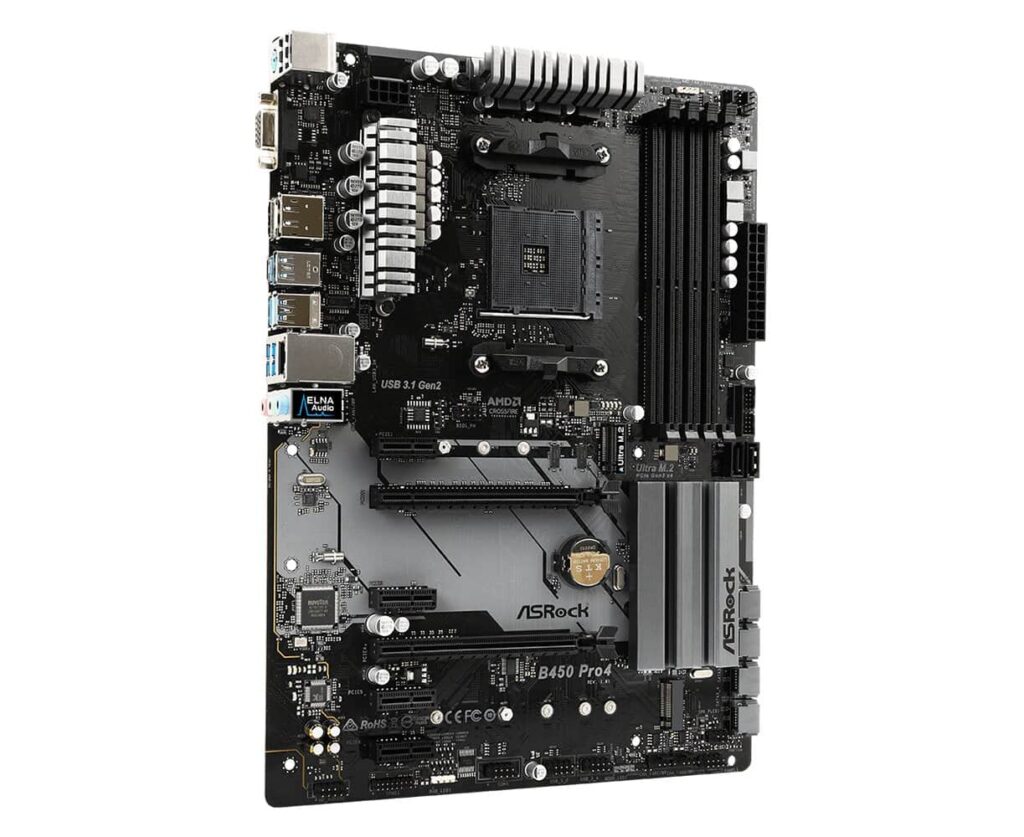
Sometimes, Windows updates create temporary conflicts with network adapters, causing connection problems. Resetting network settings or reconfiguring BIOS options can often resolve these issues.
Understanding Wi-Fi Functionality In Asrock Motherboards
1. Key Aspects of Wi-Fi Functionality in ASRock Motherboards:
- Built-in Wi-Fi Modules: ASRock motherboards often feature integrated Wi-Fi modules, allowing for wireless connectivity without needing extra hardware.
- Antenna Setup for Signal Strength: Many models come with attachable antennas that improve signal strength, essential for maintaining a stable connection in various environments.
- Driver and BIOS Requirements: Wi-Fi on ASRock motherboards requires compatible drivers and BIOS settings; outdated versions may hinder connectivity.
- Compatibility with Windows Updates: Occasionally, Windows updates may affect Wi-Fi performance, so checking settings post-update can prevent connection issues.
- Troubleshooting for Connectivity Issues: Simple steps like resetting network configurations or adjusting BIOS settings can resolve common Wi-Fi connectivity issues on ASRock boards.
How Can I Fix ASRock Motherboard WiFi Not Working?
1. Overview of ASRock Motherboards:
ASRock motherboards are designed for both performance and affordability, catering to gamers and everyday users alike. They come equipped with various features, including built-in Wi-Fi, to simplify connectivity without extra components.
2. Common Wi-Fi Issues and Solutions:
Common Wi-Fi issues with ASRock motherboards often stem from outdated drivers or incorrect BIOS settings, leading to connection failures. Updating drivers and tweaking BIOS options usually resolves these problems, restoring reliable connectivity.
Does Updating The Drivers Help With Asrock Wifi Issues?
1. Improved Compatibility:
Improved compatibility in ASRock motherboards means they work seamlessly with various operating systems and devices. This feature helps users connect effortlessly to Wi-Fi networks and peripherals without frustrating hiccups.
Read Also: Motherboard Fix Cost – Discover the possibilities!
2. Bug Fixes:
Bug fixes for ASRock motherboards typically involve software updates that resolve connectivity and performance issues. Regularly checking for these updates can keep your system running smoothly and enhance overall stability.
3. Enhanced Performance:
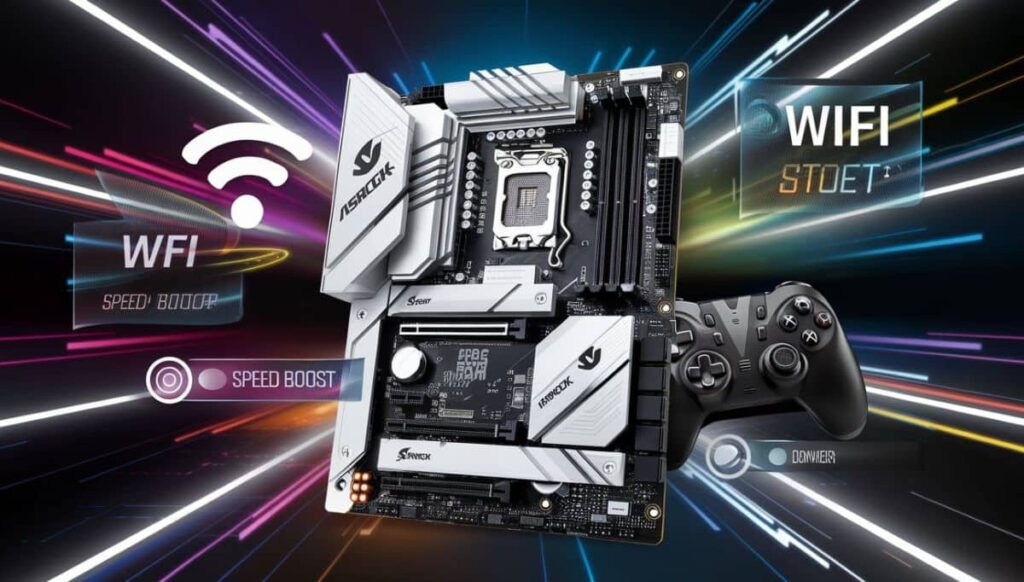
Enhanced performance in ASRock motherboards comes from their optimized Wi-Fi capabilities, allowing faster data transfer and smoother online experiences. This means less lag during gaming and quicker downloads, making your overall computing experience more enjoyable.
4. Security Patches:
Security patches are crucial updates that fix vulnerabilities in software, helping to protect your system from potential threats. Regularly applying these patches keeps your device safe and ensures it runs smoothly against emerging security risks.
5. Driver Installation Process:
- Identify the Right Drivers: Start by visiting the ASRock website to locate the specific drivers for your motherboard model, ensuring compatibility with your operating system.
- Download and Prepare: Download the drivers to your computer and keep them in an easily accessible folder. This makes it simple to find them during installation.
- Install the Drivers: Run the downloaded driver files and follow the on-screen instructions to complete the installation. Restart your computer to finalize the process and enable the new drivers.
Advanced Troubleshooting Steps
1. Check Network Configuration Settings:
- Access Network Settings: Go to your computer’s network settings by clicking on the network icon in the taskbar or through the control panel. This will help you see your current Wi-Fi connection details.
- Inspect IP Configuration: Check if your IP settings are set to obtain an IP address automatically. This can prevent issues with connectivity and ensure proper communication with the network.
2. Perform a System Restore:
- Access System Restore: Open the Start menu and search for “System Restore.” Click on “Create a restore point” to access the System Properties window.
- In the System Properties window, click the “System Restore” button to choose a previous date when your computer was functioning well from the list provided.
- To start the restore process, choose your preferred restore point and follow the instructions, as your computer restarts to revert to that specific state, which may take a little while.
- Confirm Changes: Once the restoration is complete, log in to your system and check if the Wi-Fi functionality has improved. If successful, your previous settings and drivers will be restored.
3. Disable Power Management for the WiFi Adapter:
Disabling power management for the WiFi adapter prevents Windows from putting it to sleep, which can cause connection issues. This setting helps maintain a stable connection by ensuring the adapter stays active and responsive.
4. Reinstall the WiFi Adapter Driver:
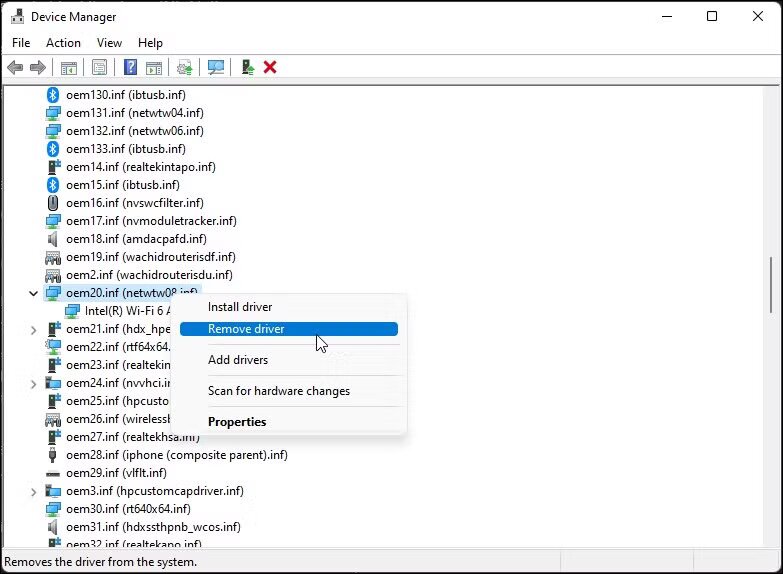
To reinstall the WiFi adapter driver, first, go to Device Manager, find your WiFi adapter, and uninstall it. Then restart your computer, and Windows will automatically reinstall the driver, often resolving connection issues.
How Do I Get Wi-Fi On My Asrock Motherboard?
To enable Wi-Fi on your ASRock motherboard, ensure your model has built-in Wi-Fi capabilities, then connect the antennas provided for stronger signal reception. Next, enter BIOS to confirm Wi-Fi is enabled, and install the latest drivers from ASRock’s website to ensure compatibility. Once done, your Wi-Fi should be ready to connect.
Read Also: Asrock Motherboard Network Drivers – Understanding The Platform And Its Impact!!
How Do I Fix My Wi-Fi On My Motherboard?
To fix Wi-Fi issues on your motherboard, start by checking a few simple settings and configurations that often resolve connectivity problems. Many issues stem from driver conflicts, BIOS settings, or physical setup problems.
- Update or Reinstall Drivers: Go to Device Manager, uninstall the Wi-Fi adapter, and restart your PC. This will prompt Windows to reinstall the driver automatically.
- Check BIOS Settings: Enter the BIOS during startup and ensure Wi-Fi is enabled under network settings. Sometimes, Wi-Fi is disabled here by default.
- Reconnect Antennas: For motherboards with external antennas, make sure they’re securely connected and positioned for the best signal.
- Run Network Troubleshooter: Use Windows’ built-in network troubleshooter to detect and resolve common connectivity issues automatically.
- Reset Network Settings: In your Network & Internet settings, you can perform a network reset, which returns all network settings to their defaults, clearing out any misconfigurations.
How To Install Asrock Wi-Fi Drivers?
To install ASRock Wi-Fi drivers, start by visiting the official ASRock website and finding the support page for your specific motherboard model. Download the latest Wi-Fi drivers that match your operating system and save the file to your computer.
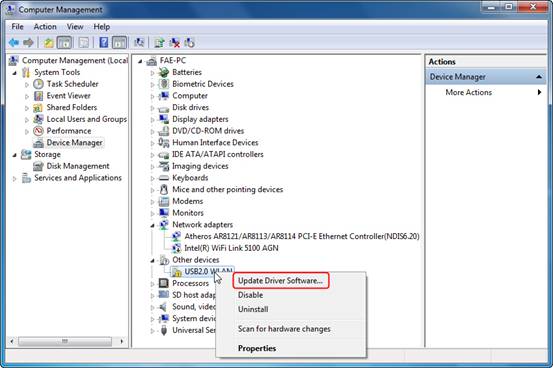
Open the downloaded file and follow the on-screen instructions to install the driver, ensuring you select any recommended options for a smooth setup. Once installation is complete, restart your computer to apply the changes, and your Wi-Fi should be ready to connect.
FAQ’s
1. Why is my PC not detecting my Wi-Fi adapter?
If your PC isn’t detecting the Wi-Fi adapter, it might be due to outdated or missing drivers or a disabled setting in the BIOS. Sometimes, loose hardware connections or recent system updates can also cause detection issues.
2. Onboard Lan on B650E PG Riptide Wifi not working?
If the onboard LAN on your B650E PG Riptide WiFi isn’t working, it may be due to outdated drivers or disabled LAN settings in the BIOS. A quick check and update of the drivers, along with enabling LAN in BIOS, often solves the issue.
3. Asrock motherboard wifi not working windows 10/11?
If your ASRock motherboard WiFi isn’t working on Windows 10 or 11, try updating the WiFi drivers and checking your BIOS settings for enabled connectivity. A simple network reset or adjusting Windows settings may also resolve the issue.
4. What Settings Should I Check if ASRock WiFi Is Not Working?
If ASRock WiFi isn’t working, check that WiFi is enabled in the BIOS settings and that Airplane Mode is turned off in Windows. You should also verify the driver is up-to-date to ensure smooth functionality.
5. Motherboard wifi not working MSI?
If your MSI motherboard’s Wi-Fi isn’t working, it could be due to outdated drivers or BIOS settings. Checking for driver updates or resetting network settings often helps restore connectivity quickly.
Conclusion:
When faced with ASRock motherboard WiFi not working, simple troubleshooting steps like updating drivers, adjusting BIOS settings, or reconnecting antennas often solve the problem.
With a few adjustments, you can restore reliable WiFi and enjoy seamless connectivity again.
Read More:
